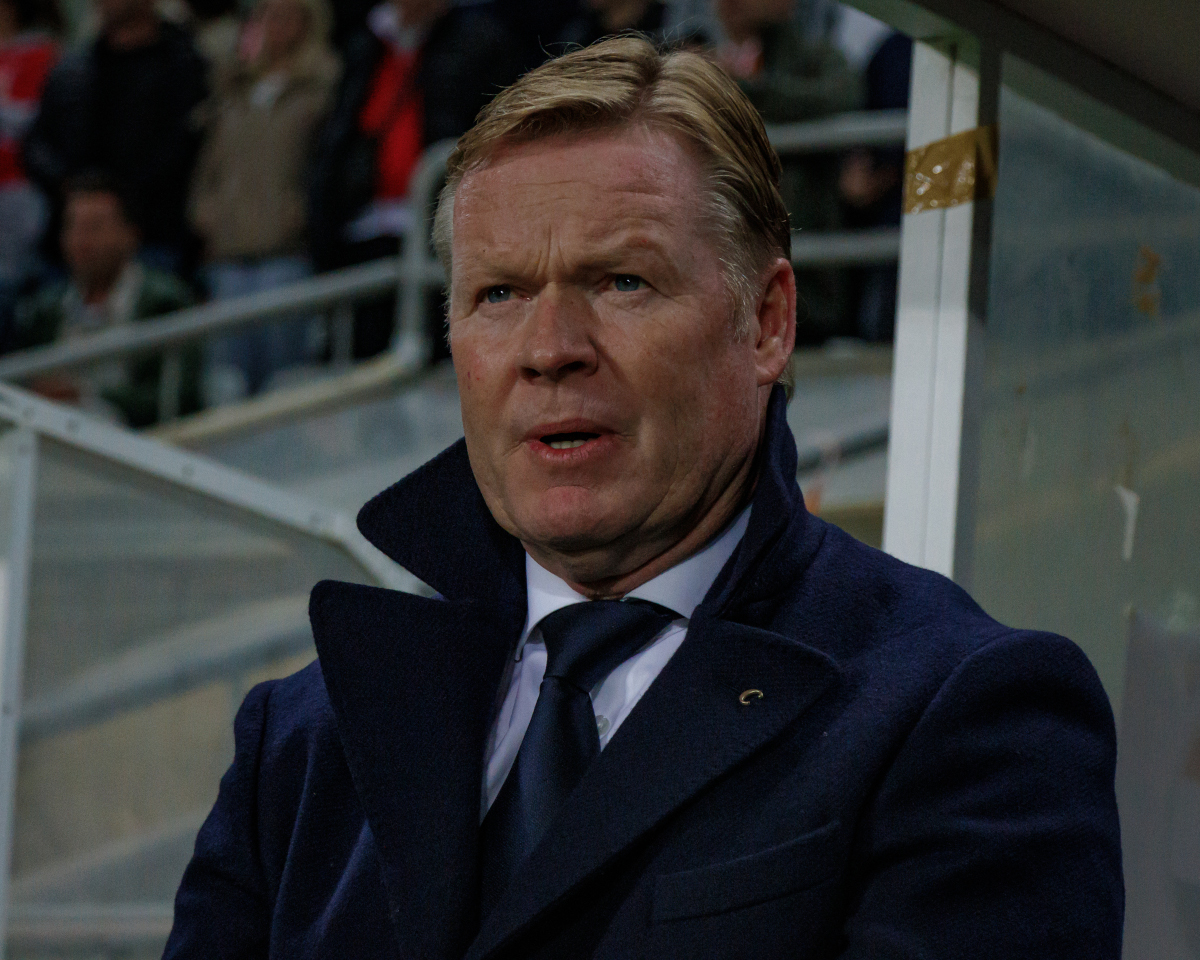Sunderland AFC have launched fierce opposition to proposed housing development near their Stadium of Light, with club officials warning the plans could spell disaster for the football club's future. Chairman Kyril Louis-Dreyfus confirmed the club will lodge formal objections with Sunderland City Council this week over the controversial Sheepfolds development, as PA Media reports.
The council's ambitious housing scheme would see 600 new homes constructed directly south of the 49,000-capacity stadium, including a mix of maisonettes, townhouses and family properties. The proposed site sits within what was previously designated as a protective buffer zone around the ground, designed to safeguard the stadium's operational needs and future expansion possibilities.
Former chairman Sir Bob Murray, who masterminded the club's move from Roker Park to the Stadium of Light in 1997, branded the authority's decision a "disgrace". Murray said the local authority had previously agreed protections which would prevent development near the stadium, allowing the club to increase capacity if needed, but claimed the city council had "torn them up".
Chairman's stark warning
Louis-Dreyfus delivered a passionate defence of the club's position, describing the potential consequences in dramatic terms. "As the custodian of Sunderland AFC, it is my duty to safeguard the future of our club," he said. "This includes the Stadium of Light - the beating heart of our city. Unfortunately, Sunderland City Council has recently taken steps relating to the Sheepfolds development that could have catastrophic operational consequences on our club and, by extension, our community."
The chairman acknowledged the city's housing needs whilst maintaining his opposition to the specific location. "We are under no illusion that the city needs a more appropriate housing provision and support those endeavours fully," Louis-Dreyfus said. "However, later this week we will be submitting a formal objection against the proposals relating to the Sheepfolds and I encourage all city stakeholders to come together and join us in protecting the future of our football club and the City of Sunderland. Together, we have limitless potential, but it will only be realised through delivering on a shared purpose and vision."
Council defends development
Council chief executive Patrick Melia rejected the club's concerns and defended the housing proposals as beneficial for both the stadium and wider community. "We are very much invested in the future of the Stadium of Light and recognise it as a key asset for the city," Melia said. "It is our view that the proposals set out for the Sheepfolds neighbourhoods will improve operations and fan experience in terms of match days and other events and we remain committed to working with SAFC in relation to their plans for the expansion of the Stadium of Light - we have held many discussions with Mr Louis-Dreyfus and his team to this effect."
The council chief emphasised the consultation process would allow all stakeholders to voice their opinions before any final decisions are made. "This consultation process provides a real opportunity for the public and stakeholders to share their thoughts with us as the local planning authority and we will consider all views and comments prior to determination of the application," he added.
Stadium's broader role at risk
The dispute extends beyond football operations, with concerns the development could severely limit the venue's ability to host major concerts and entertainment events. Murray highlighted the irony of the situation, pointing out that residential encroachment was precisely why Sunderland left their historic Roker Park home, warning that allowing houses to be built close to the Stadium of Light risked creating the same constraints.
Built on the site of the former Monkwearmouth Colliery, the stadium represents a cornerstone of Sunderland's urban regeneration efforts and has previously hosted England international matches. Any restrictions on its operational flexibility or expansion potential could impact its role as a major regional venue and economic driver for the city.
Sources used: "PA Media" Note: This article has been edited with the help of Artificial Intelligence.

 3 tygodni temu
3 tygodni temu

















![„Ekspresje” w lubelskiej bibliotece. Wystawa Urszuli Gierszon [ZDJĘCIA]](https://radio.lublin.pl/wp-content/uploads/2025/09/76641e4f-3f23-429c-8a35-7d6ad4220e39.jpg)